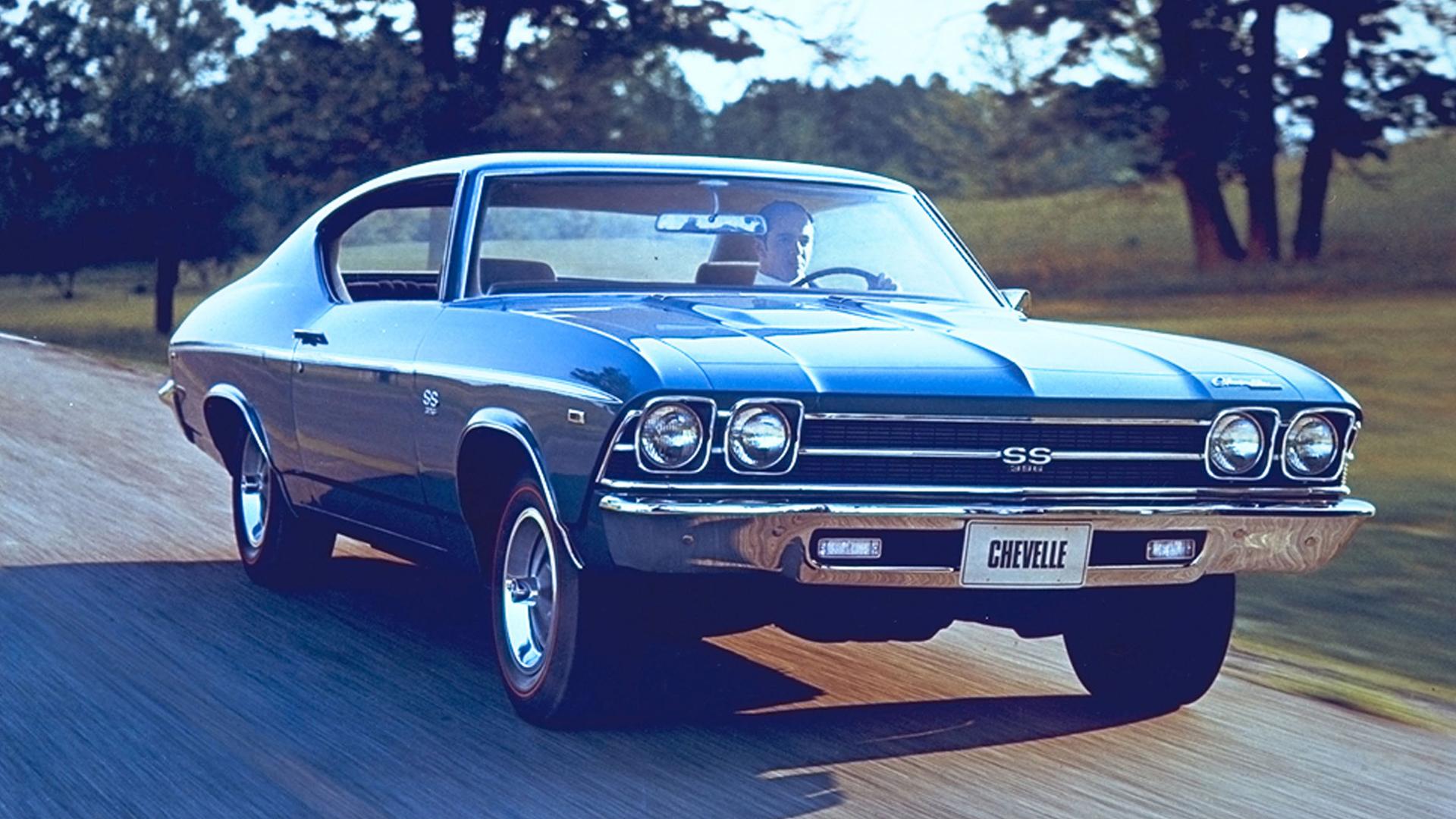
In this article, we'll go over the differences between the Scat Pack and Hellcat, how they differ from one another in terms of the interior, 0-60 time, and engine power, as well as price. You'll also learn how each of these cars performs on the track. This article will help decide what car you want to buy based on your personal preferences. After reading this article, you'll be well-prepared to make an informed decision.
Interior differences
Despite the similar exteriors and engine configurations, the Hellcat and Scat Pack have very different interiors. While the Scat Pack has a more refined interior, the Hellcat has a more aggressive one. The Hellcat Widebody has stiffer front springs with larger sway bars. Both use Bilstein adaptive shock absorbers. The Hellcat has better suspension, making it more suited to fast tracks and tight turns.
The starter switches for the Hellcat and Scat Pack are also different. The Scat Pack uses an orange starter switch while that of the Hellcat is a red. Hellcats are also equipped with Superbee logos embossed on the seatbacks and a 392 plaque displaying the company's logo. Daytona Special Edition models have Daytona logos on the dashboard and front seats. Although Hellcat models may have different steering wheels than other models, the materials are identical.

Time range: 0-60
In terms of 0-to-60 times, the Dodge Charger Scat Pack and Dodge Challenger Hellcat have very similar times. The Charger has a naturally-aspirated 6.4-liter V8 that makes 485 horsepower and 475 lb-ft of torque, while the Hellcat is powered by a supercharged 6.2-Liter Hemi V8. Although the Hellcat is slightly quicker from 0-60, it's still a small difference, especially for those who plan on drag racing their car. Both cars are luxurious and comfortable.
Scat Pack and Hellcat both have a higher maximum motor drive (BMEP), but they are still extremely powerful. The Hellcat runs quarter mile in 11 seconds and is faster that a Dodge Charger SRT Hellcat. While the Hellcat isn't quite as powerful, the Scat Pack is still a very practical choice for those who want maximum power without the high price tag.
Engine power
While the Hellcat's 707 horsepower and 485 horsepower makes it the clear winner, the Scat Pack offers the same performance and torque at a lower cost. This car also includes an eight-speed automatic transmission, rear-wheel drive, and a rear-wheel drive. The Hellcat engine was specifically designed to handle higher torque loads. This limited-edition SRT Widebody Daytona 50th Anniversary version is also available.
Hellcat Widebody has 707 horsepower and 475 Lb-ft of torque. It is also equipped with adjustable active dampers. Both vehicles have limited slip diffs and a 3.09 rear axle. Both cars can accelerate from 0- to 60 mph in under four seconds. The Hellcat however has a slight edge in this area. This is an important point to consider if you are going to drag race.

Price
The Hellcat Pack shares many characteristics with the Scat Pack when comparing performance within the same class. Both models include standard EPS and improved steering and handling. The Hellcat comes with an 8.4-inch Uconnect touchscreen and paddle shifters, making it easy to adjust the transmission, horsepower, and steering. Both vehicles use Bilstein adaptive shock absorbers. The Hellcat's top speed is higher than the Scat Pack competitor and its power output is greater.
The Scat Pack trim is powered by the 6.4-liter HEMIV8 engine. It is shared with heavy-duty Ram trucks and the Grand Wagoneer. The Dodge Hellcat is tuned to produce 485 horsepower, while the Jeep Wrangler features a HEMI that makes 470 horsepower. SRT-tuned Bilstein suspensions are available on the Scat Pack and Charger models. Both models have wider tires that improve acceleration and braking.
FAQ
What qualifications are required to become a mechanic
To become a technician, you will need to pass a series exams. These include:
-
A general knowledge exam
-
Practical exam
-
An apprenticeship test
These tests are designed to ensure that you understand the basic concepts of mechanical engineering and physics before you start working as a mechanic.
After passing these tests, you will be eligible to become a mechanic. But, you will still need an apprenticeship. This will include training in the trade.
To fully understand the mechanics of vehicle repairs, you'll need workshops and classes. Working alongside skilled mechanics is also a must.
A mechanic must be highly focused and attentive to detail in order to succeed. Repairs to vehicles require you to pay attention to every detail.
You'll need patience and persistence to become a successful mechanic. If you don’t love to follow instructions, this may not the right career path.
This job is for you if you are passionate about cars and love fixing them.
Is it hard being a mechanic apprentice
It is not easy but it can be done quickly. There are many opportunities for advancement.
You will need patience and perseverance. You must also know how to fix cars, trucks, and motorcycles.
Customers and relatives can exert a lot on you. You shouldn't feel pressured to make decisions that you don't like.
If you enjoy fixing cars, it could be a great career choice. It's a job where you can earn a decent salary and build up your business.
But you may prefer another path. This is where you might be interested in becoming a technician.
This could involve using your technical knowledge to support other employees. This could be a way to help technicians with their problems or to teach them new techniques.
Another option is to become a service advisor. You will offer assistance and advice to customers when they bring cars to a garage.
The decision you make will depend on what you are looking for. There are many options and you have the ability to choose the one that is right for you.
What length is an automotive course?
A three-year course in automotive is required.
The first year focuses on theory and learning about cars. The second year is dedicated towards practical training. This includes learning how to drive, fix engine problems, and doing other maintenance jobs around your car. The last year of your training is spent on practical training, where you learn how to fix real-world problems.
Is it worth being a mechanic.
The answer to this question will depend on your goals for life. If you are looking for financial gain, then yes. However, if purpose and meaning are what you seek, then no.
If you don’t possess any mechanics skills, you won’t be able to do it. It won't make you wealthy. It won't make you famous. It is unlikely that you will be made famous.
You'd need to spend years learning how everything works. Then you'd still have to pay someone else to fix your car when it breaks down. Most people avoid doing this. They find something more worthwhile.
You can make a lot of money if you are looking to do well. But if you want to live a meaningful life, stay away from the mechanic's industry.
What is the best way to learn about car mechanics
You don't need to know anything about cars to work as an auto mechanic. Only you need to know how things work. That's why most people start doing jobs like fitting brake pads or changing tires before progressing to more complex repairs.
You need to be able read and comprehend diagrams, follow written instructions and adhere to basic principles of good practice. You must also be able judge if parts need to replaced or repaired.
It is important to remember that proper training and guidance are essential for anyone who attempts to repair vehicles. This is especially true for expensive components, such as transmissions and engines.
Even though you won’t need to know much more about cars, you will still need to have an in-depth understanding of mechanics and physics. This includes understanding the mechanics of how engines and brakes work.
It is also important to remember that you will need to be able to handle many situations. For example, you may find yourself working on a vehicle that has been involved in a serious accident. You will also need to be able to deal with accidents and breakdowns.
You should also be open to learning quickly. It is important to be able both to diagnose problems and perform simple maintenance tasks, such as tightening nuts.
Statistics
- According to the BLS, the median annual salary for automotive service technicians and mechanics in the United States was $44,050 in May 2020. (uti.edu)
- According to the BLS, total auto technician employment is expected to exceed 705,000 by 2030. (uti.edu)
- The U.S. Bureau of Labor Statistics (BLS) reports that the job outlook for automotive service technicians and mechanics is expected to decline by 4% from 2019 to 2029. (indeed.com)
External Links
How To
How to Become an Automotive Technician
An automotive technician provides repair services and maintenance to vehicles. He/she works at automotive shops, garages or service centers. Customers can rely on him/her to fix their cars, trucks and motorcycles. A technician in automotive must be able diagnose and repair problems quickly, safely, accurately, efficiently, and effectively.
If you want to be an automotive technician, you need an associate degree from vocational school. After completing this program, he/she will need to pass the National Institute for Automotive Service Excellence's (ASE) certification exam. ASE stands in for American Society of Mechanical Engineers. There are two sections to the ASE certification test. The first section tests the ability to use mechanical knowledge. The second section tests the ability to apply practical skills. You will need to attend an authorized testing site in order to pass the test. These testing sites can be found online and through your local dealer.
After passing the test, a candidate must pass an examination in order to be licensed as an automotive technician. The process will vary depending on where an applicant lives. Some states require that candidates attend training courses, while others permit them to learn independently. In addition, some states license technicians immediately after they receive their license, while others wait until they have completed at least six months of employment as an automotive technician.
Apply to your local dealership to become an automotive technician. Most new employees begin as apprentices once they are hired. Apprenticeship programs last about three years. The apprenticeship program teaches students how to change oil, adjust brakes, replace tires, clean spark plugs, inspect engine compartments, and perform routine maintenance. Some students will learn advanced repair techniques, such as changing shocks, installing air filters, and replacing engines. Schools offer classes during business hours. Some schools offer evening classes, however.
After completing an apprenticeship, a student becomes a journeyman. Journeymen typically spend four to five years learning how to install major systems, such as transmissions, differentials, steering gear, suspensions, and drive shafts. They also learn to perform complex repairs, such as remanufacturing engines, rebuilding transmissions, and troubleshooting electrical components. Many employers prefer hiring journeymen because they know the job well and understand what the customer expects.
Once a candidate passes the required exams and is granted a license, they might consider opening their own shop. According to the Bureau of Labor Statistics in 2010, nearly 1.7 Million automotive mechanic jobs were available. This figure is expected to rise 18 percent between 2009-2020. The candidate should expect to invest thousands of money in equipment and supplies if he/she decides to start his/her shop.
Many factors affect the automotive technician's salary, including location, education, experience, and employer type. A jobless person can expect to make $20,000 per year. An individual with a high school diploma can earn about $21,000 per annum. An associate's degree earns approximately $24,000 annually. Technicians with a bachelor's degree earn about $27,000 per annum. Master's degree holders make around $32,000 annually. A common trend is for salary increases to occur so a professional making less than $30,000 can reasonably expect to be earning $40,000 or more within a few years.